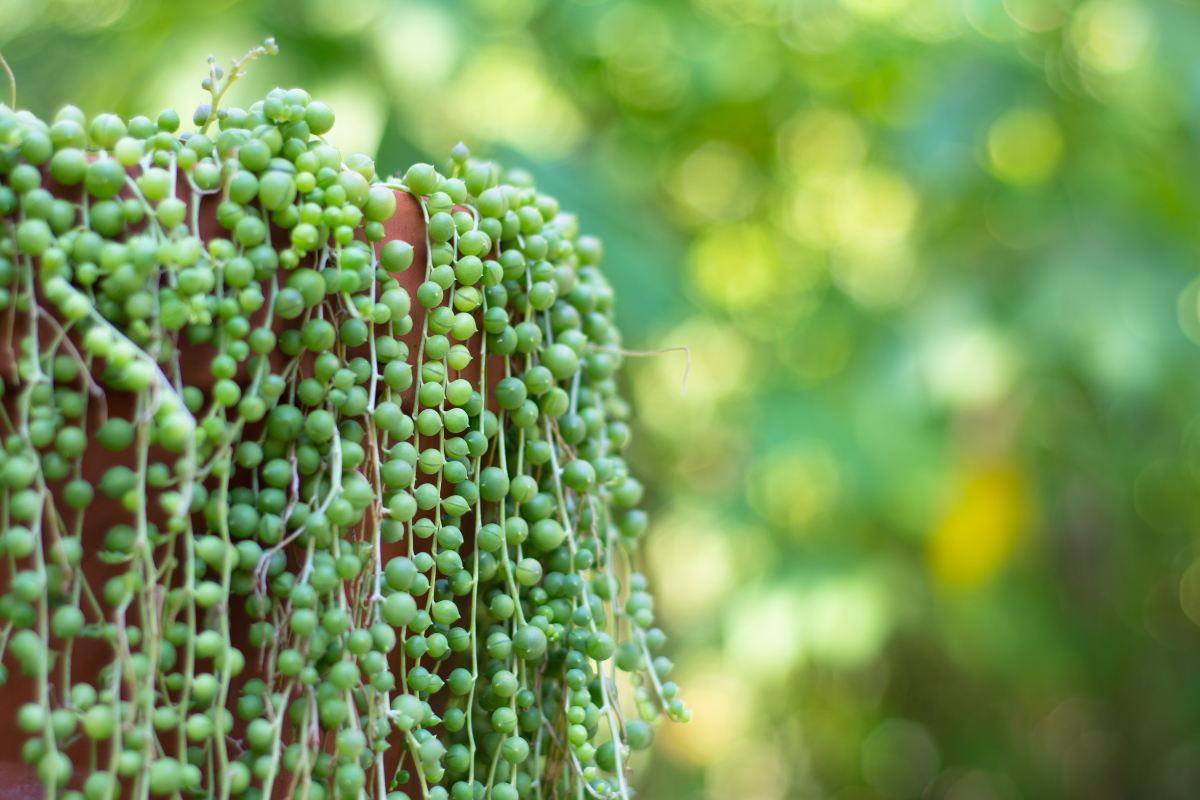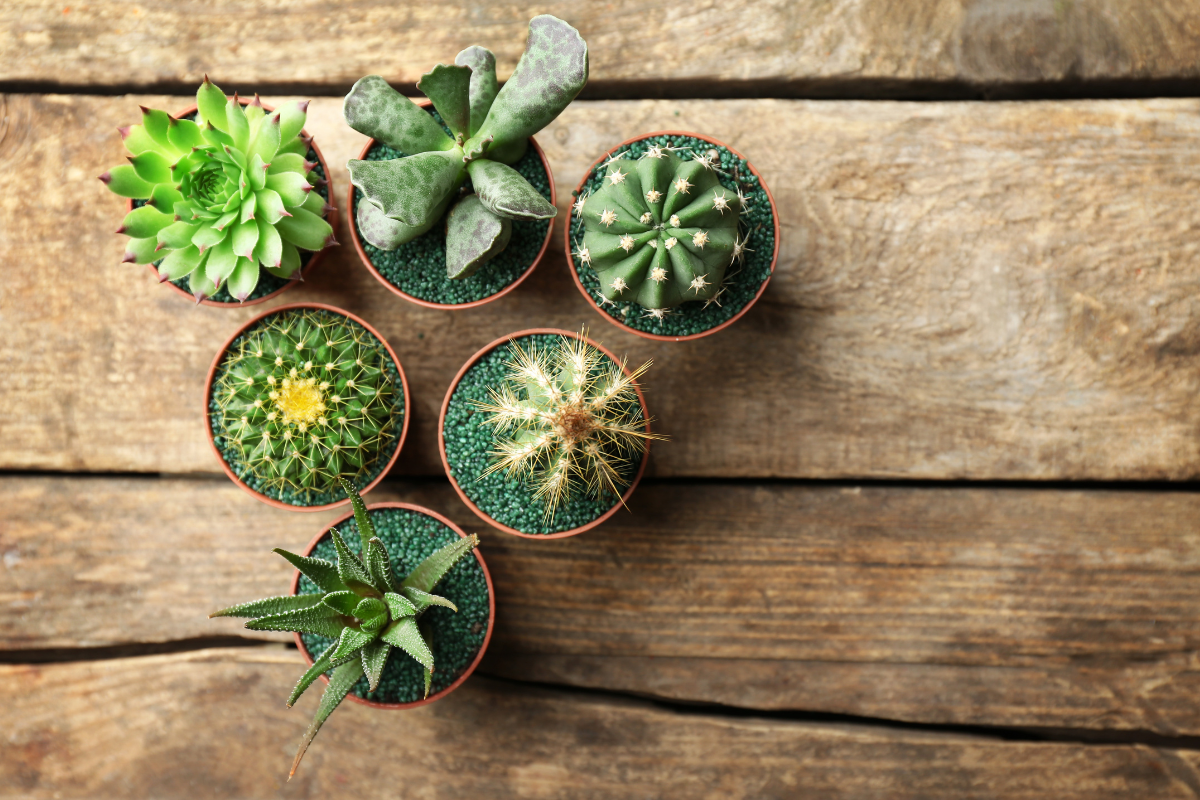Lavender is a plant that’s loved by many for its beautiful appearance, soothing fragrance, and various therapeutic benefits.
But when it comes to watering this lovely herb, things can get a little tricky. Too much water can cause the roots to rot, while too little water can lead to wilting and stunted growth.
That’s why we’ve put together an ultimate guide on how to water lavender – your go-to resource for keeping your lavender plants healthy and thriving!
From understanding their unique watering needs to learning how often you should water them, this guide has covered you. So grab your gardening gloves, and let’s dive in!
Table of Contents
When to water lavender
Watering lavender can be tricky – too much and the roots will rot, too little and the plant will stress, produce less oil and can even get sun burnt.
The best way to know when your lavender needs water is to feel the soil. Stick your finger in the ground about 2 inches – if it’s dry, it’s time to water.
If it’s damp or cool to the touch, wait a few more days.
Overwatering is the most common mistake made with lavender. This often happens when people water their plants on a schedule rather than checking the soil first.
Remember, it’s better to be underwater than overwater! If you’re not sure if you’re watering enough, wait another day or two before watering again.
If your lavender is wilting or looking stressed, give it a deep watering immediately. Water slowly and deeply until water runs out of the drainage holes at the bottom of the pot.
How to water lavender
It is important to know how to water lavender properly in order to keep it healthy and thriving. Here are some tips on how to water lavender:
i) Water deeply, but not too frequently.
Watering deeply encourages roots to grow down into the soil, making the plant more drought-tolerant. However, watering too frequently can cause the roots to rot.
ii) Water during day time
It is best to water your lavender in the morning so that the leaves have time to dry before nightfall. This will help prevent fungal diseases from developing on the leaves.
iii) Handle with care
If you use a sprinkler system to water your lavender, ensure the spray is not too forceful. Lavender plants are delicate and can be easily damaged by a strong stream of water.
iv) Use well-drained pots
Usually you need a larger pot and preferrably ceramic ones and not plastic or metal pots. They need a well drain system and coarse soil with perlite and other materials are great for its growth.
v) Water less during winters
There is no fixed watering schedule. But, when the climate is warm (summers, atumn and spring) these plants need to be watered once a week, and during colder seasons (winter and rainy) they can be watered once every two weeks.
Best way to water lavender
There is no one-size-fits-all answer to the question of how often to water lavender.
The frequency with which you need to water your plants will depend on a number of factors, including the type of lavender you are growing, the climate in which you live, and the time of year.
However, there are some general guidelines that can help you determine how often to water your lavender plants.

In general, lavender plants need to be watered once a week. However, this may need to be increased during hot, dry weather. (depending on your location and your plant’s water requirement).
If you live in an area with high humidity, you may only need to water your lavender plants every other week.
It is important to check the soil before watering your lavender plants. The best way to do this is to stick your finger into the soil up to the first knuckle. If the soil is dry at this level, it is time to water your plants. If the soil is still moist, you can wait another day or two before watering again.
When watering lavender plants, it is important to use lukewarm water. This will help prevent root rot and ensure that your plants take up as much water as possible.
Water early in the day so that the leaves have time to dry off before nightfall. This will help prevent fungal diseases from developing on your plants.
When watering lavender, be sure to avoid getting water on the leaves of the plant. Water on the leaves can cause fungal diseases that can damage or even kill the plant.
Instead, focus on watering around the base of the plant so that the roots can absorb moisture.
Different methods of watering lavender
There are different methods of watering lavender, and the best method for you depends on your particular plant.
Some lavender species are more drought-tolerant than others, so you may need to water them less often. Here are some different methods of watering lavender:

- Hand-watering: This is the most common method of watering lavender. To hand-water, simply use a garden hose or watering can to wet the soil around the base of the plant. Be sure not to get the leaves wet, as they can rot if they stay too moist.
- Drip irrigation: This method slowly drips water onto the soil around the base of the plant. It’s a great way to save water, as you don’t have to worry about over-watering or getting the leaves wet.
- Soaker hose: A soaker hose is a special type of hose that slowly leaks water along its length. You can run it around the perimeter of your lavender bed, and it will seep water into the soil over time. This is another great way to save water and prevent over-watering.
- Automatic sprinklers: Automatic sprinklers are a convenient way to water your lavender, but they can be wasteful if not properly calibrated. Make sure your sprinklers aren’t spraying too much water on the leaves, or they could rot.
Common mistakes to avoid when watering lavender
- Overwatering – Overwatering lavender is one of the most common mistakes people make. Lavender needs well-drained soil and doesn’t like to have its roots wet for long periods of time. Overwatering can lead to root rot, which can kill your plant.
- Not watering the roots – Another common mistake is not watering lavender deeply enough. Lavender needs deep watering about once a week during the growing season. This helps the plant develop a deep root system, which is important for survival during times of drought.
- Use normal/cool water – Many people don’t realize that lavender likes to be watered with cool or normal water, not hot water. Hot water can shock the roots and damage the plant. So, be sure to use cool water when watering your lavender plants.
Conclusion
In conclusion, knowing how to properly water lavender is essential for ensuring its health and growth.
By following the guidelines outlined in this article, you can provide the ideal moisture balance for your lavender, allowing it to flourish and display its beautiful blooms and aromatic fragrance.
Enjoy the beauty, fragrance, and numerous benefits that lavender brings to your garden, while knowing that you are providing it with the care it deserves



